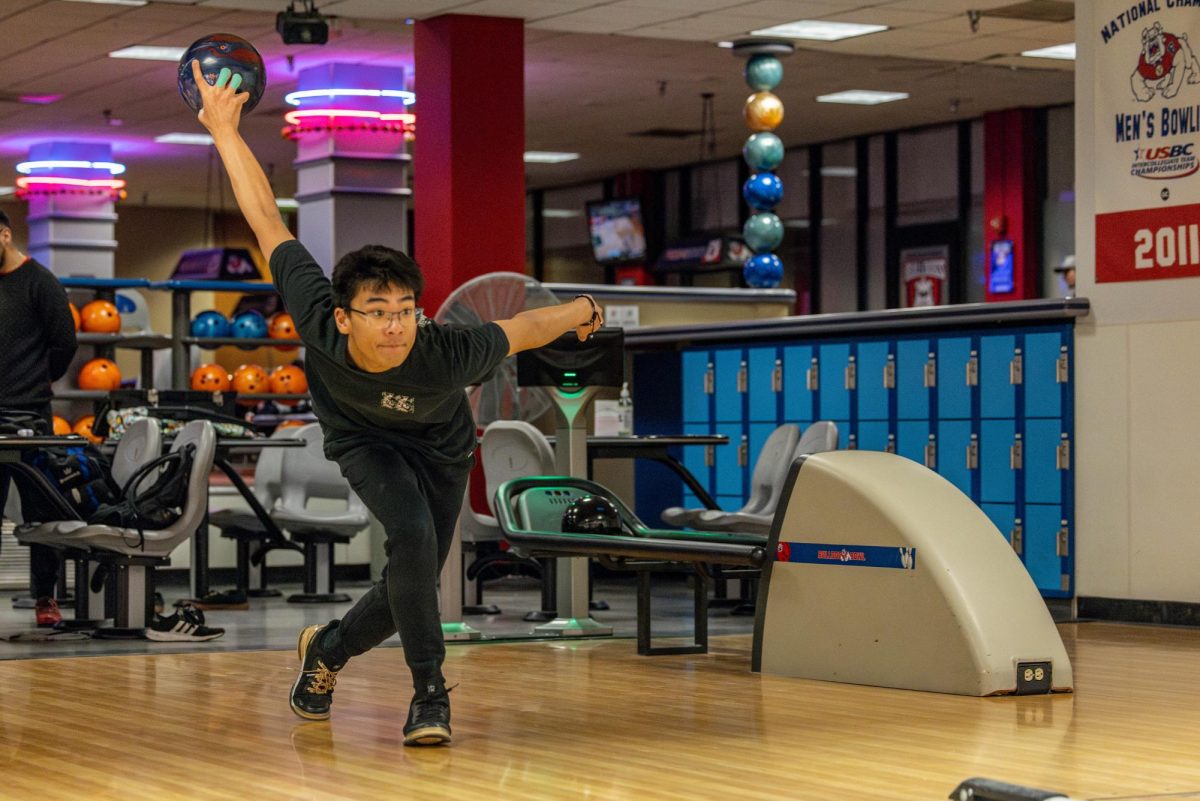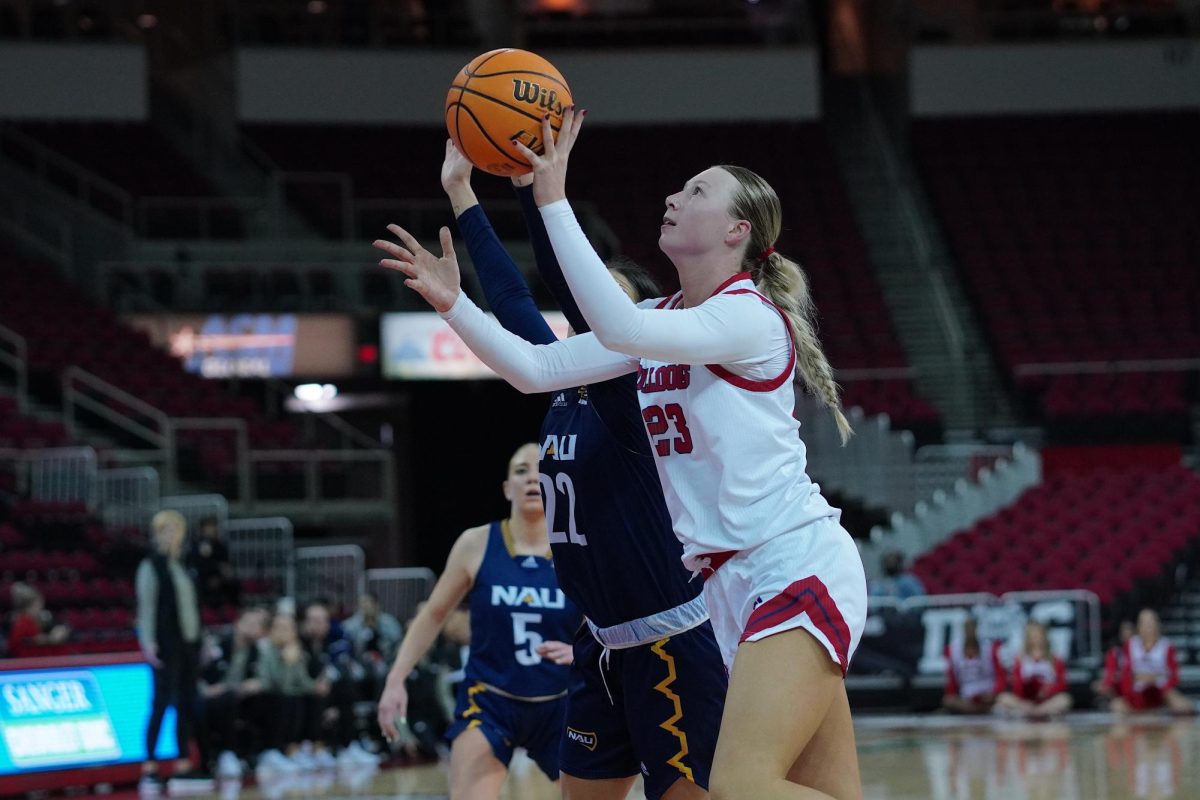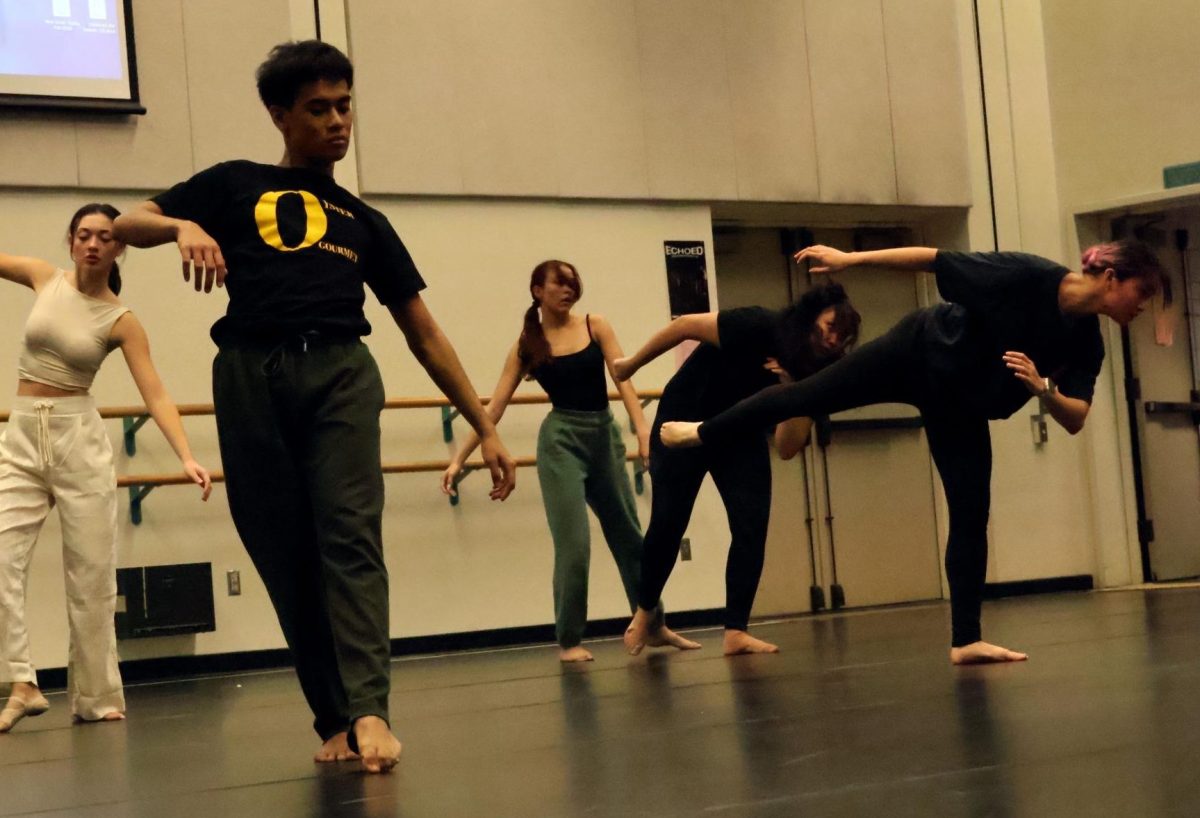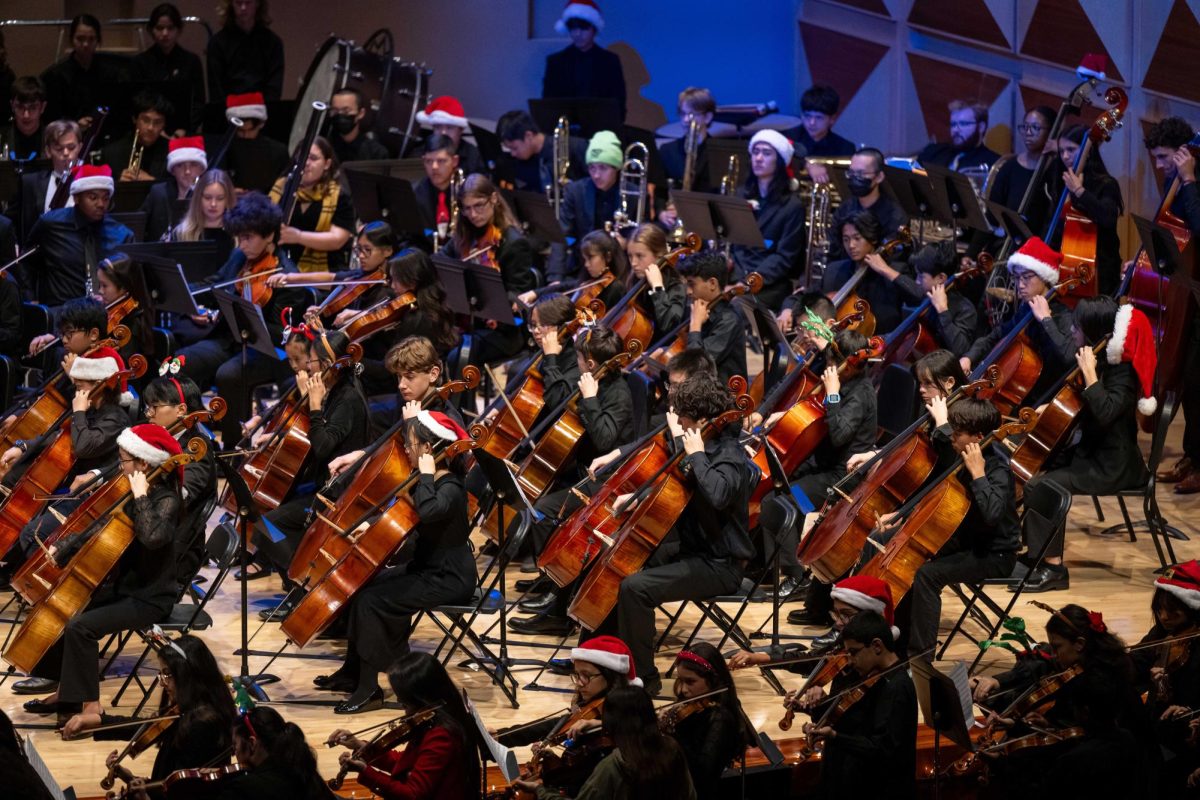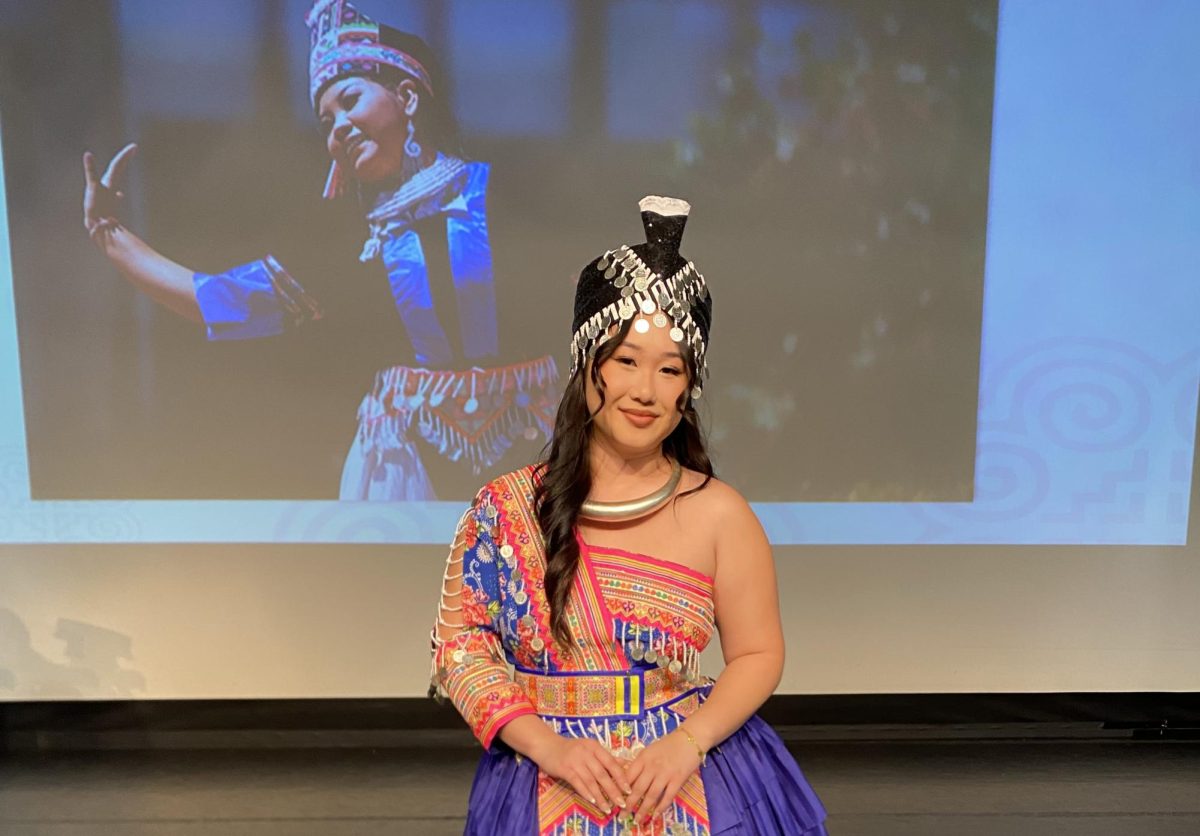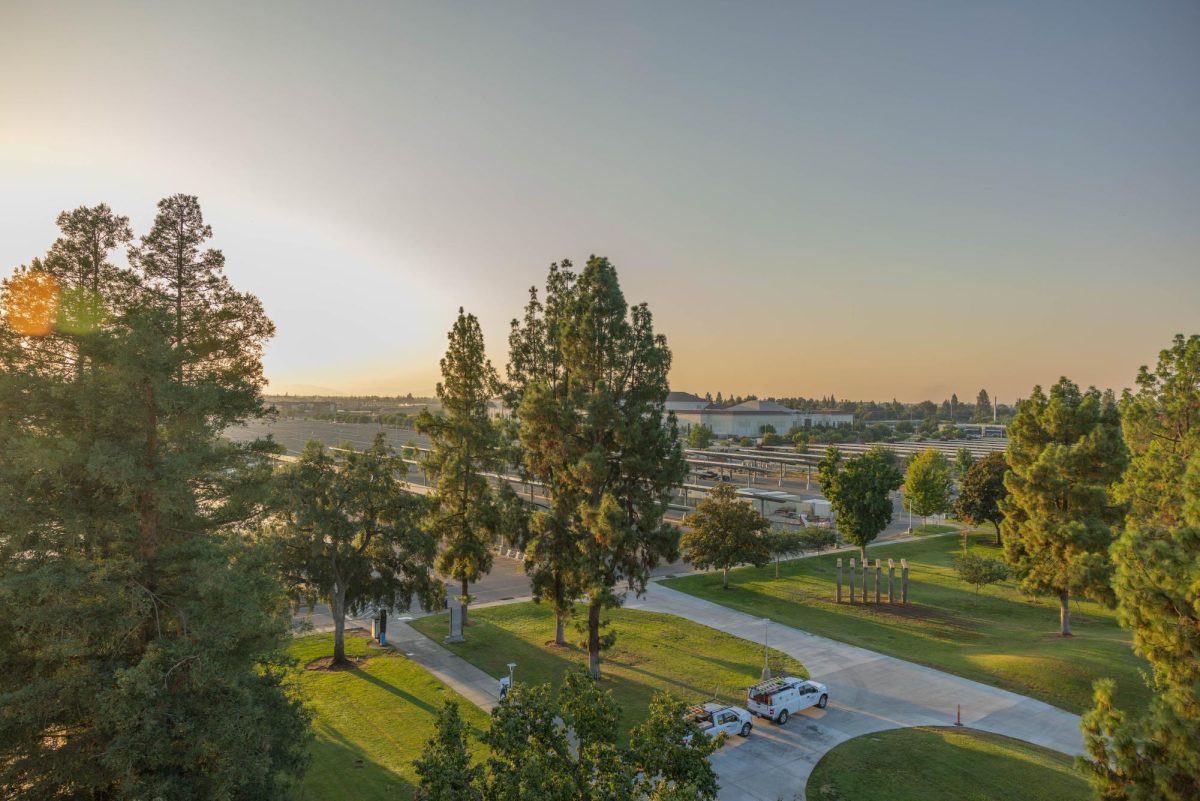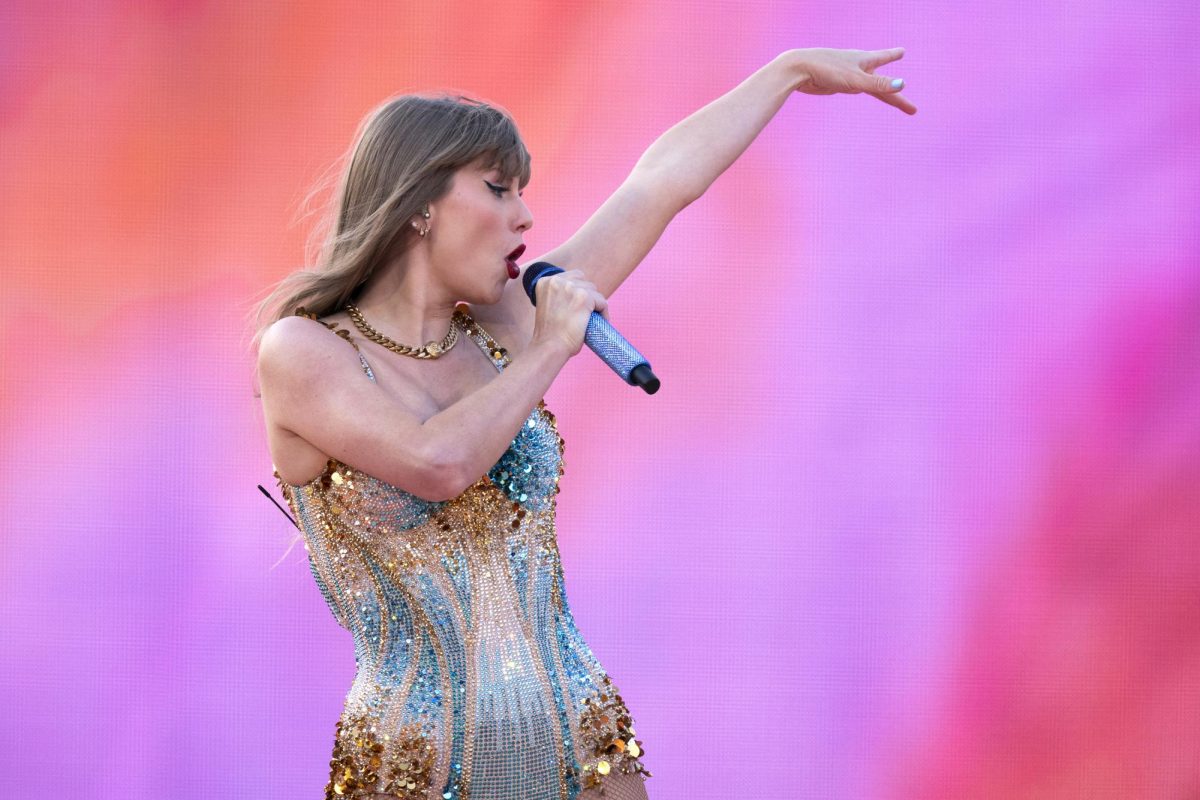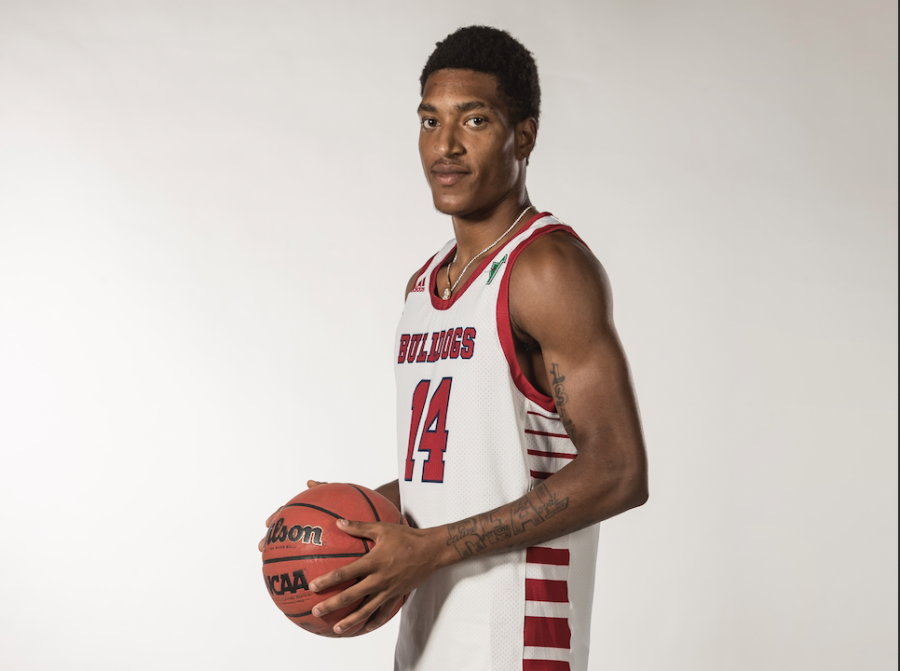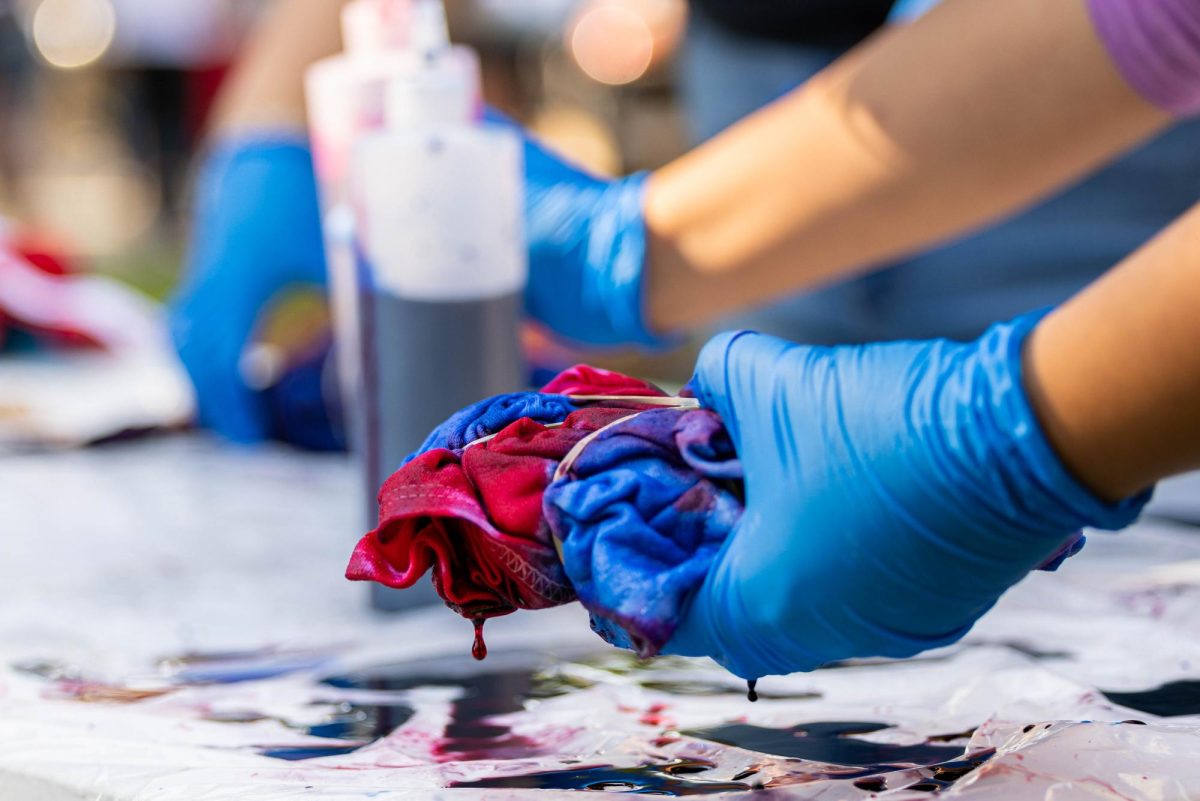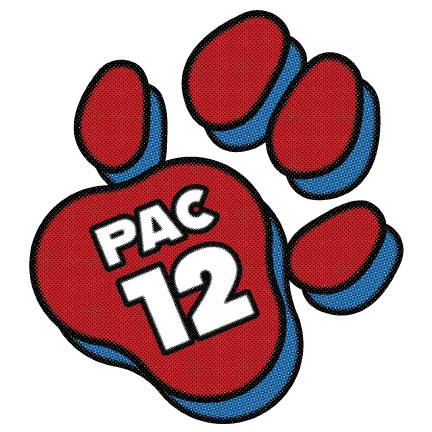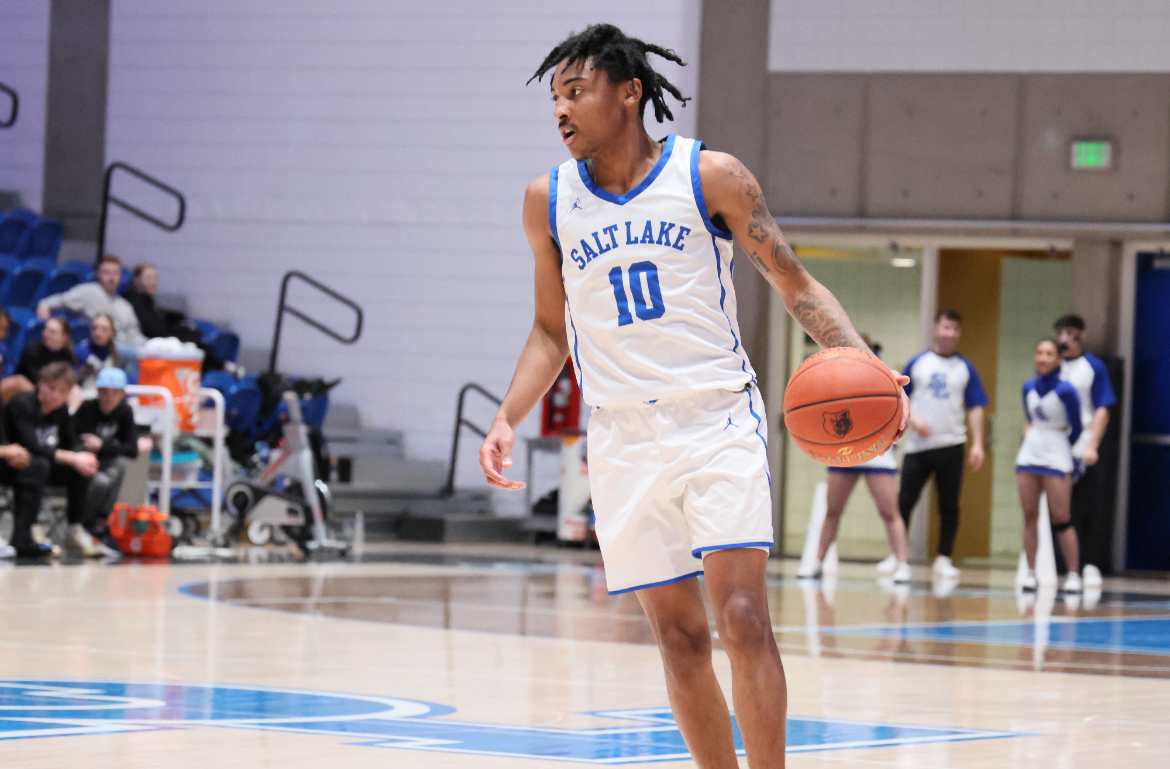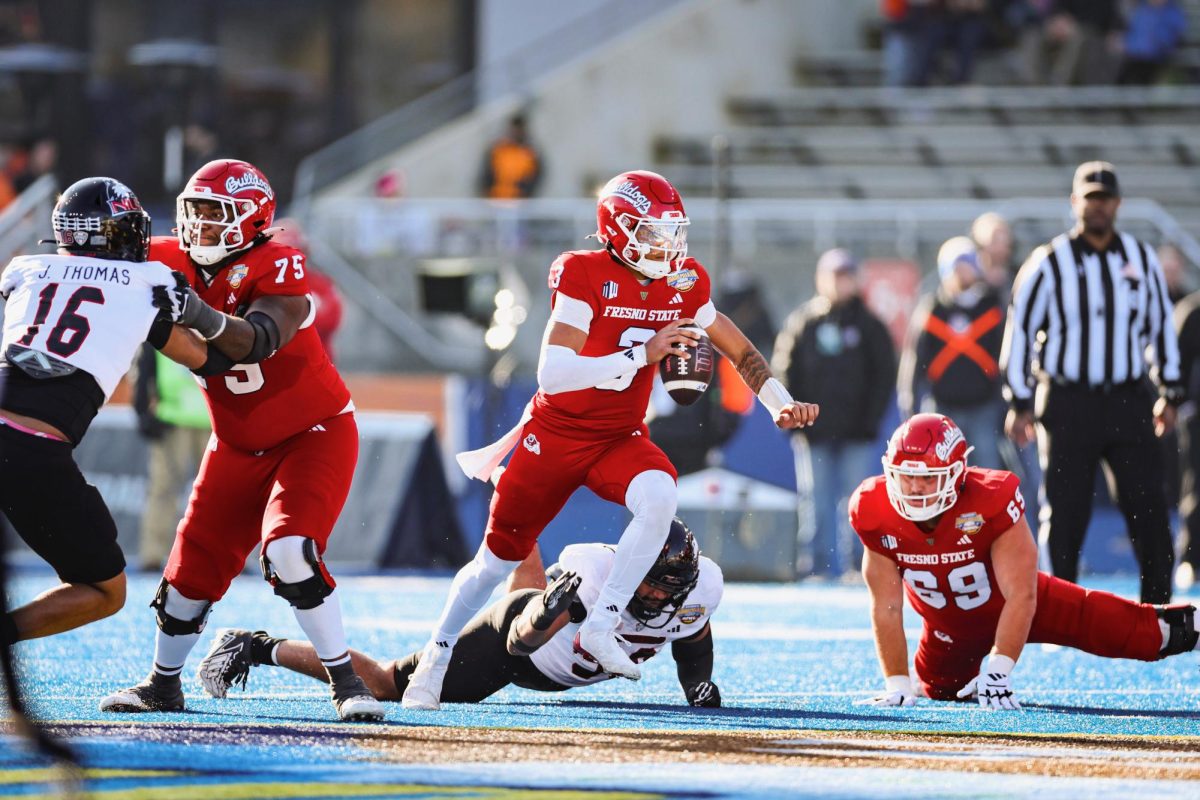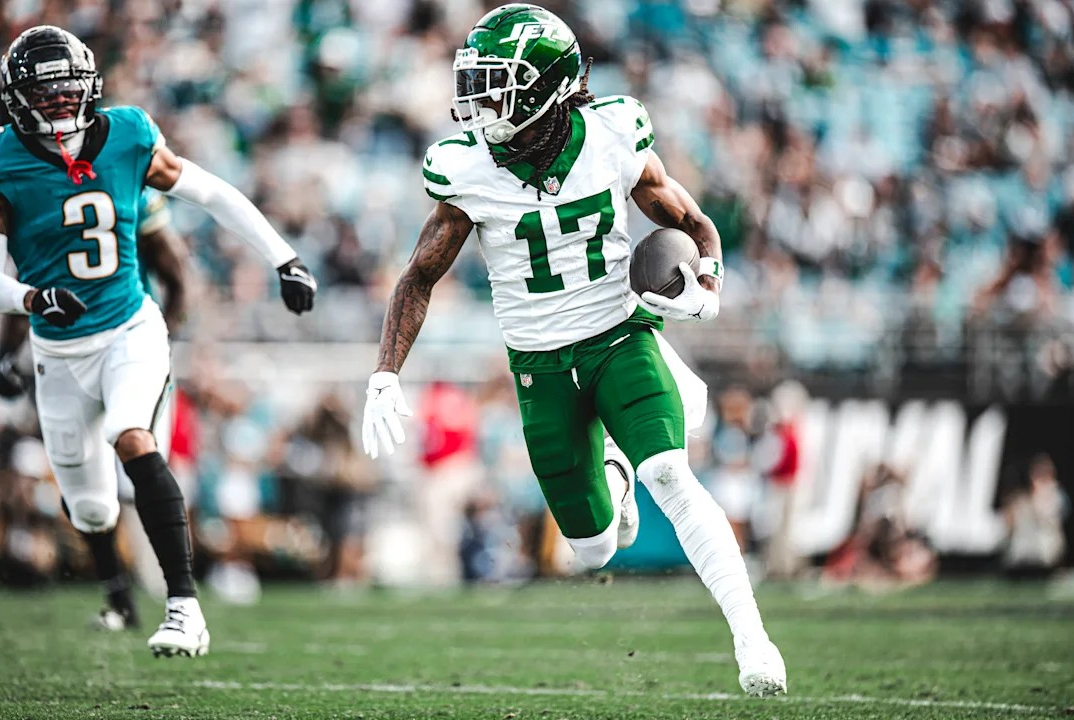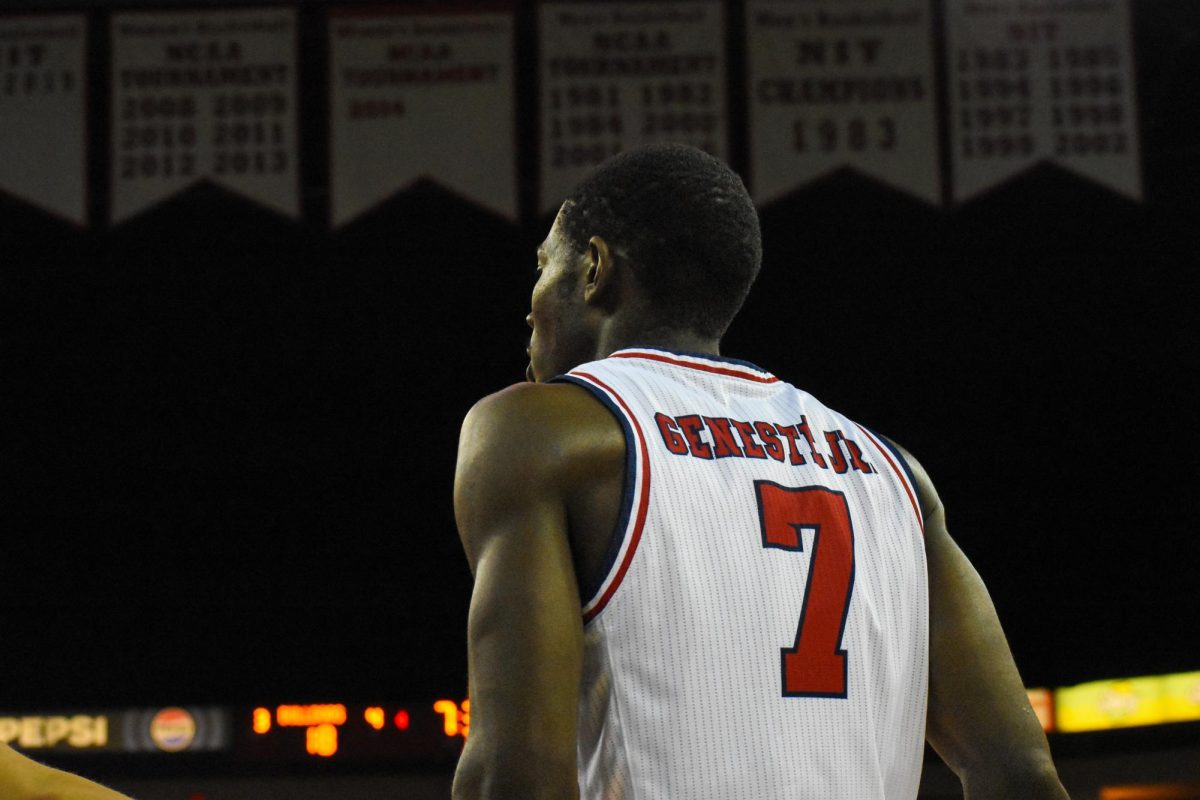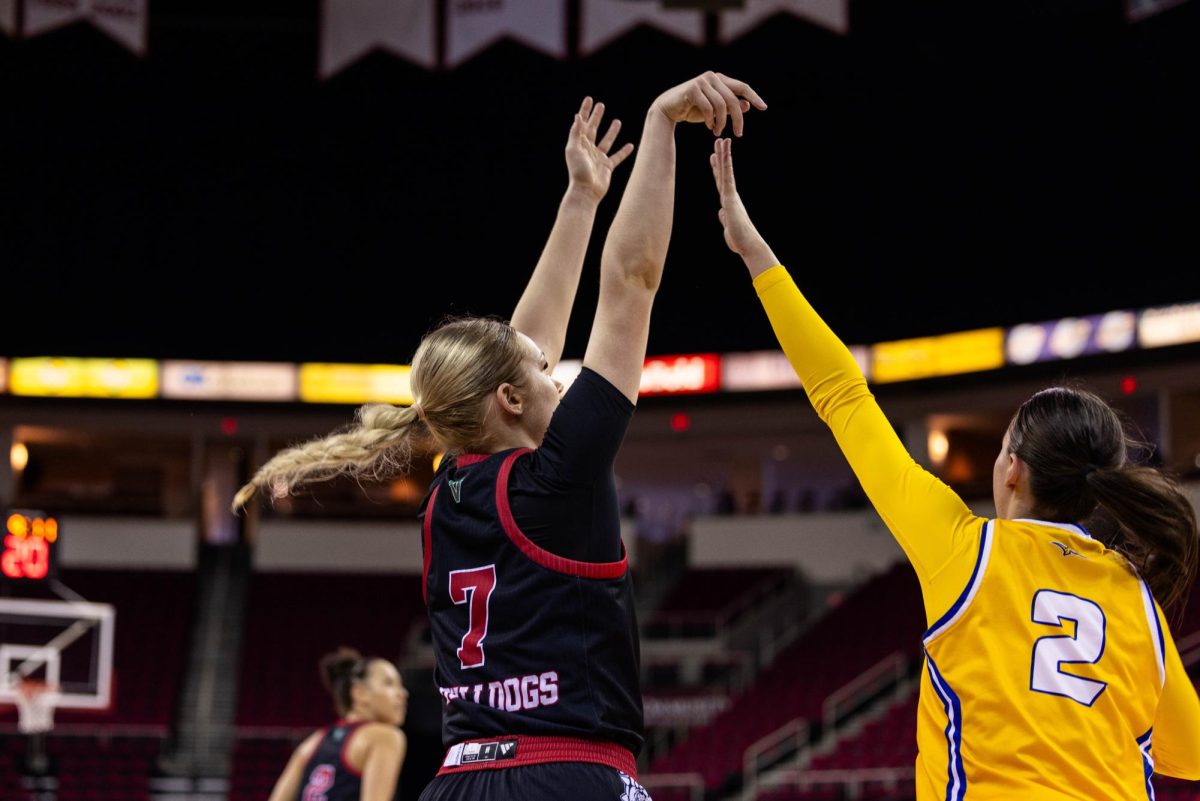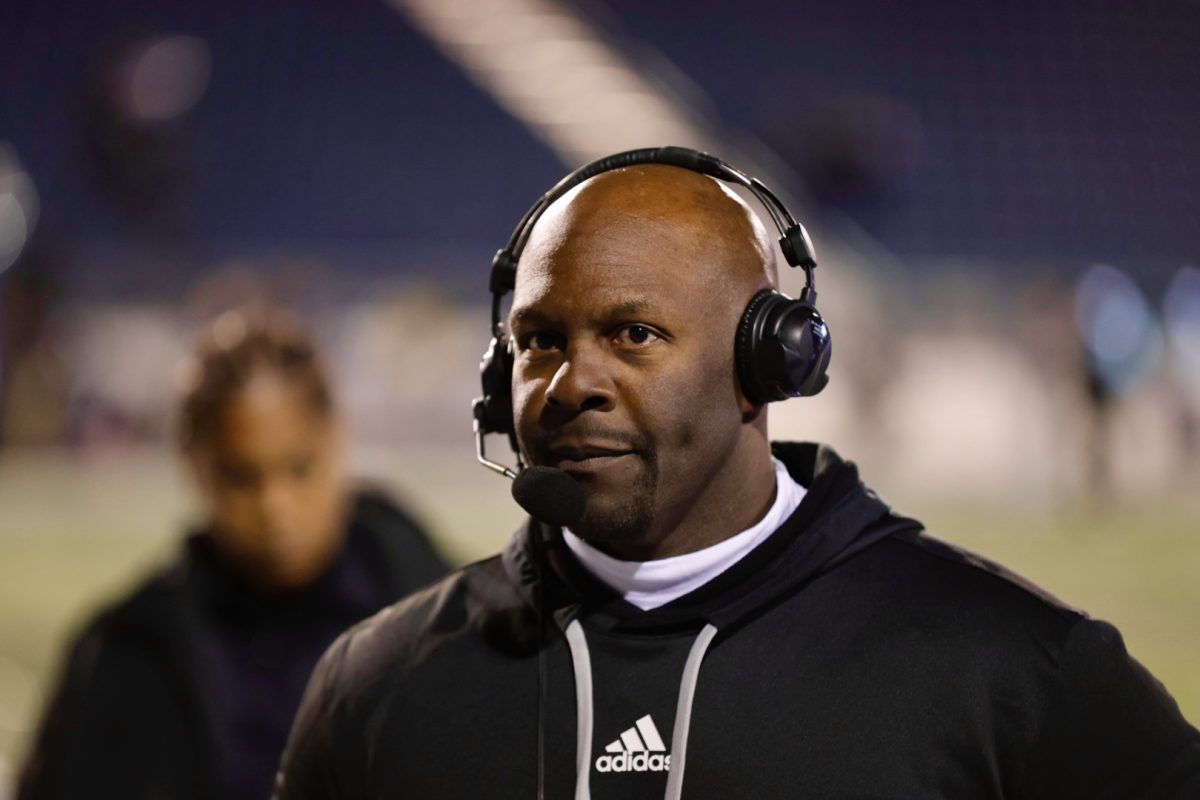Every Monday afternoon, the Fresno State Bowling Club gathers at the Bulldog Bowl in the University Student Union for the first of two weekly practices. They are in high spirits and gearing up to compete in their next tournament, where they’d compete with 21 other schools.
Players and coaches lounge around the lane with the sound of bowling balls hurtling down and echoing through the alley. Each throw ends with a distinct thud and the crack of pins colliding and scattering across the polished wooden surface.
Since its establishment in 1969 by coach Glenn Carlson, the “Bowldogs” have been active on campus and representing Fresno State in bowling competitions nationwide. They won the title of National Champions in 2011 and followed it up with a win as Collegiate Champions in 2015. This year, they ranked 39th and earned them a spot in the ITC Sectionals.
Bowling, often perceived as a simple sport—just walking up and throwing a ball down a lane—is far more complex and competitive than many realize. For some players, like Miguel Acosta, the competition is precisely what draws them in.
“I really enjoy the competitiveness,” Acosta said, who joined the club after being hired at the Bulldog Bowl. “I don’t just try to keep bowling on the lanes. I go home, watch videos, talk to people about it, join leagues, trying to gather as much information as I can.”
Unfortunately, the pressure can still take its toll. During the Glenn Carlson Las Vegas Invitational last December, Acosta suffered a panic attack and was subsequently pulled off the lanes. He had to decide whether to continue competing or retire from the four-day tournament.
“It was tough to decide if I should keep bowling or just relax,” Acosta said. “I chose to keep bowling.”
Acosta bounced back spectacularly and had his best finish of the season with a 206-point average.
He acknowledged it was important to slow down and take time to enjoy the experience.
“I think I took that tournament very seriously because it’s a Vegas tournament with like 80 teams there. There’s a lot of pressure,” Acosta said. “Just have fun with it. Don’t worry too much about your score. Move on to the next shot and don’t look back. That helps.”
It’s a sentiment his teammate Vincent Luong heartily agrees with. For Luong, bowling isn’t just about the final score, it’s about enjoying the experience and learning along the way.
“The way I take it is like if we lose, we lose; if we win, we win,” Luong said. “I don’t get pressured, just because I’ve done it so often that I kind of don’t expect things anymore. If we lose, it’s not the end of the world. It’s just bowling. We’re just having fun.”
Together, the team is an eclectic mix of dedicated players who have spent years playing the sport and curious newcomers are eager to learn. Unlike many sports, bowling is a great equalizer: on the lanes, everyone can compete, male or female, big or small and short or tall.
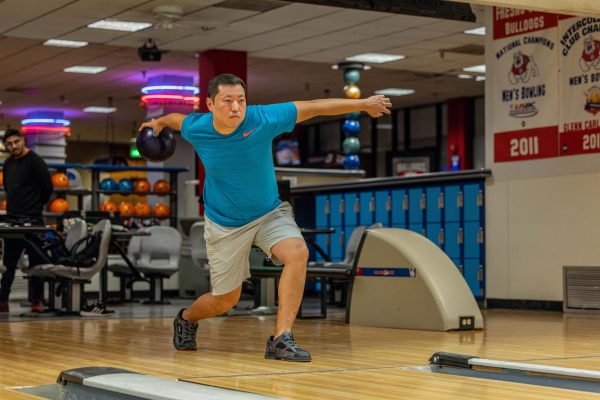
“You know, like in basketball, if you’re not tall, you’ve got an uphill battle,” said Head Coach Chris Preble, who has overseen the club for 13 years. “In bowling, you get every body type in. You get every race and nationality [and] everyone’s welcome. It’s one of the more friendly games.”
Thanks to this accessibility, bowling was one of the American family’s favorite pastimes for many decades. Between 1957 and 1963, the total number of bowling alleys more than doubled, with business being buoyed by beverage sales and bowling leagues, which competed several times a week. Bowling alleys were regarded as “the poor man’s country club.”
As time went on, changing lifestyles led more and more Americans to turn to more digital recreational pastimes, and by the mid-1980s, participation in both recreational and professional bowling saw a sharp decline. About two-thirds of the nation’s bowling alleys have shuttered since its heyday.
To adapt, the surviving bowling alleys gradually evolved into “bowling-based entertainment centers” which offered additional activities to appeal to a wider audience; Fresno State’s Bulldog Bowl, for example, also offers billiards.
The repackaging was remarkably successful. While demand isn’t high enough to warrant more bowling alley construction, 67 million Americans still bowl at least once a year and it remains immensely popular across all age groups. The National Federation of State High School Associations (NFHS) reported over 56,000 high school students participating in bowling in 2023, making it one of the fastest-growing youth sports in the U.S. alongside lacrosse.
Naturally, as with most sports, professional play is an entirely different beast.
For collegiate bowling, each tournament spans days. In the Baker format, the most typical format in collegiate tournaments, team members alternate frames, with the lead-off bowler handling frames one and six, the second bowler frames two and seven, and so on. Unlike traditional events where individual scores matter, your collective performance as a team is key, with each shot pivotal to the team’s success.
The pace is also grueling.
“When you have a regular game with five other people, doing one game takes about an hour and 15 minutes. We must do seven of those, so that day is about nine to nine-and-a-half hours to get through that thing,” Preble said. “It wears you down.”
All coaches rally together to support each other through the rough patches and setbacks. Whether it’s offering words of encouragement, offering advice and pep talks or simply being there for moral support they make sure they have each other’s backs every step of the way.
“I try to pump everybody up,” said bowler Neil Weinstein. “At the end of the day, if we bowl better than the rest of the teams, we win. It’s just focusing on us, not anybody else.”
However, the club has challenges on the horizon. Out of the 12 students registered this year, seven have graduated. Maintaining the caliber of the team may be difficult, but Preble sees it as an opportunity.
“We’re in discussions with several potential recruits, but we’re also aware that they’re considering other options,” he said. “Our long-term goal is to bring in more talent and regain our position in the rankings. We’ve been ranked number one in the country before, and we aim to reclaim that title.”
Outside the $250 tryout fee meant to garnish the club’s fundraising efforts for the year,
the Bowldogs are sustained primarily through Fresno’s local bowling community. Popular fundraisers include a barbecue held at the Elks Lodge in Madera and a golf tournament at Riverside Golf Course. They’re sponsored by the bowling ball company Brunswick, which helps the program provide players with free equipment.
Due to this deep well-off support, players don’t bear the cost of travel or the team shirt. It may not be enough to afford the fanciest state-of-the-art equipment, but Preble takes pride in the quality of the team despite the club not being elbow-deep in the college coffers.
“Personally, I love building a competitive program despite not having all the perks other programs might offer,” Preble said. “Making nationals with a team that’s considered the underdog is incredibly rewarding.”
Despite the considerable time and sweat the game demands, the team eagerly anticipates each matchup. Alongside the competition, they forge enduring friendships, traverse the country and make no shortage of lasting memories.
“I meet a lot of new people, make a lot of new friends. I get to experience some cool things like traveling to different cities I’ve never been to,” said Maximus Leval, Fresno State senior. “It’s actually a lot more interesting and entertaining than I thought. Hopefully, more people can figure out that we have a bowling team because it is something really cool and a great experience to be a part of.”




